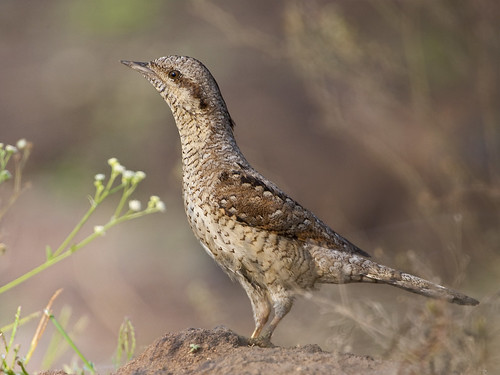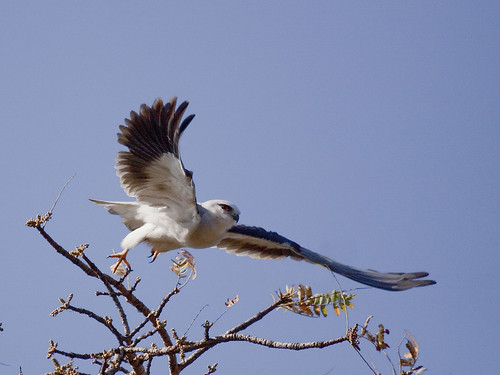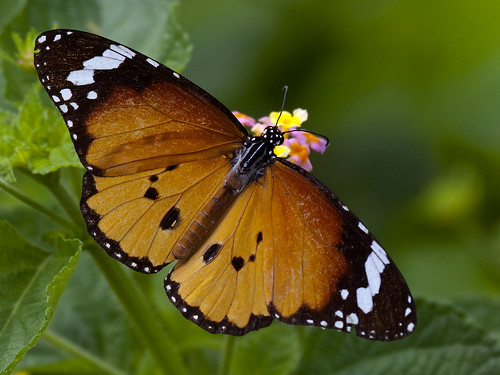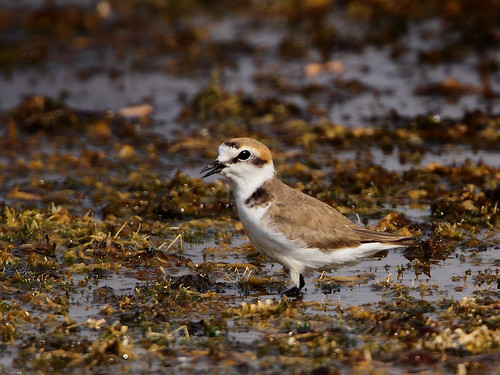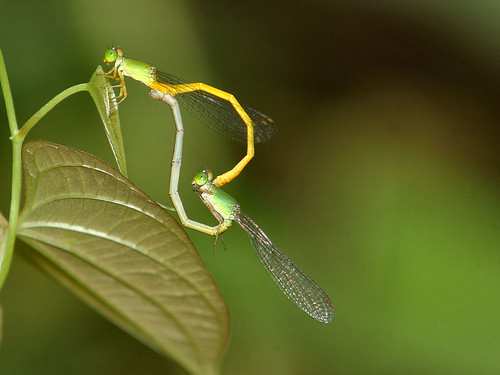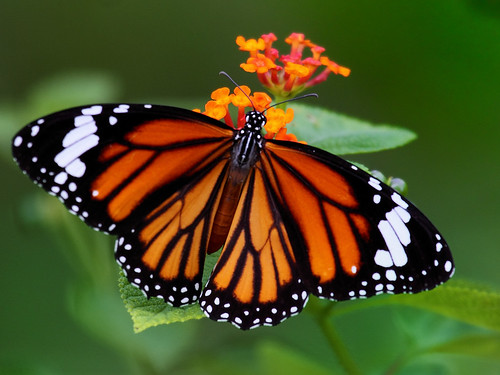
This time I kept a daily journal of our trip and I am reproducing it here as it was written without any changes…
21st Jan, 2010: We started from home at 7:50am, a wee bit late by my estimate but Swati was cool with it so I did not say anything. Flight was on time, Security people did not question too much about the Camera gear we were carrying.
We had a 3-hour layover at Mumbai, while on the customary “browse the bookstore” round I found a new book by Richard Bach “Hypnotizing Maria” – more on that book perhaps in a separate post later. The flight to Bhuj was delayed by an hour. As we came into land at Bhuj, Aasim remarked, “Looks like we are landing in middle of no where!” We got out of the aircraft to the thundering sound of fighter jets on low flying sorties. The Indian Air Force shares the Bhuj airport. Continue reading Rann of Kutch: Day 1 – Arrival
